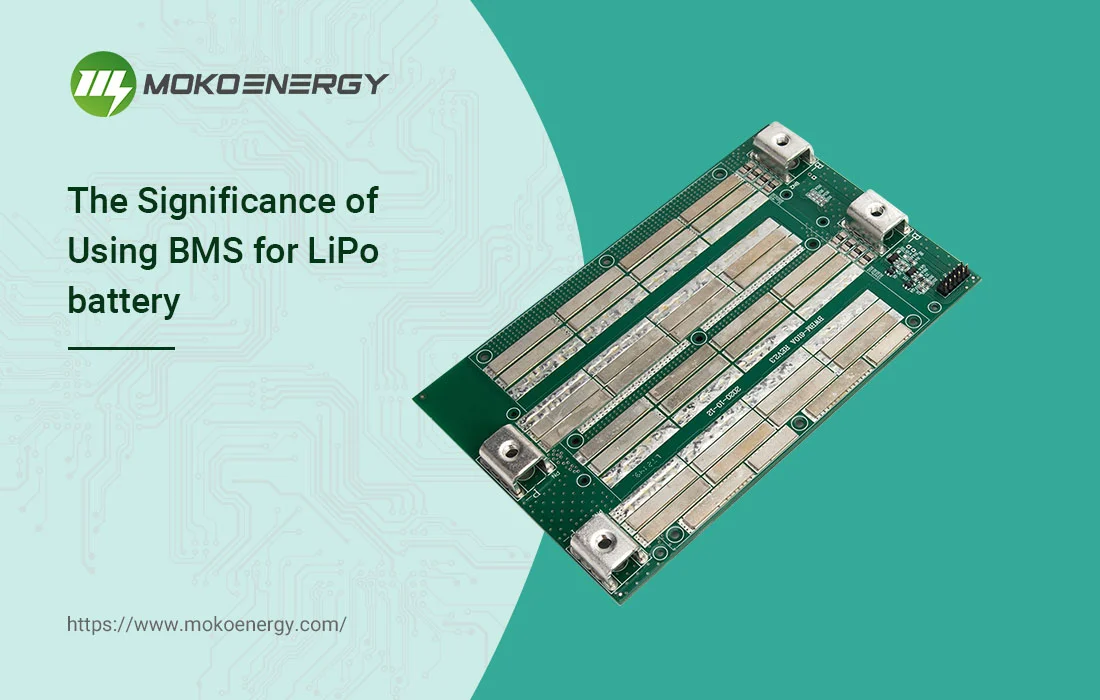The reasons why the Battery Management System (BMS) for new energy storage systems (e.g., large-scale energy storage power plants, home energy storage systems, etc.) is more difficult and complex compared to the whole vehicle battery BMS involve the following aspects:
- Scale and capacity: New energy storage systems often have a larger scale and capacity than individual electric vehicles. For example, a large-scale energy storage plant may contain thousands of battery cells, each of which needs to be monitored and managed. This requires more complex BMS systems to handle the large amount of data and control.
- Multiple Battery Chemistry Types: In new energy storage systems, many different types of batteries may be used, each with different characteristics and requirements. This requires the BMS to be able to manage and control the different battery types appropriately, including charge/discharge strategies, temperature control, etc.
- Different operating modes: New energy storage systems may have many different operating modes, such as storage mode, discharge mode, FM mode, etc. These different modes require the BMS to be able to manage and control them appropriately. These different modes require the BMS to be able to intelligently switch and control according to the actual demand, in order to achieve the best performance and stability.
- Complex system integration: In new energy storage systems, the BMS not only needs to interact with the battery cells, but also needs to integrate with the entire energy management system, grid connection, and other control systems. This requires the BMS to be able to handle complex communications and coordination to ensure proper system operation.
- Safety and Reliability: New energy storage systems may have higher safety and reliability requirements, as they may have a direct impact on the stability of the energy supply and the stability of the grid. the BMS needs to be able to monitor the state of the batteries, identify potential problems, and take action to prevent accidents from occurring.
- Dynamic Performance Requirements: New energy storage systems may require faster dynamic response capabilities to adapt to rapid changes in grid demand. This requires the BMS to be able to monitor and adjust the charge and discharge state of the battery in real-time to ensure that the system can respond to changes in a timely manner.
MORE: How to distinguish energy storage BMS from power BMS?



